

Shortly after the release of Resistance 3, series developer Insomniac announced that they were done with the franchise. Fans turned their eyes to Nihilistic Software, who had been working on Resistance: Burning Skies for the Vita. Touted as the first “proper” portable FPS is one thing – but having to live up to lofty fan expectations is another entirely.
Unfortunately, Resistance: Burning Skies gets no where close to either goal.
Resistance: Burning Skies takes place between the events of Resistance: Fall of Man and Resistance 2. Players experience the invasion of North America first hand, through the eyes of firefighter Tom Riley. That last part is important – as players rarely see Riley’s face. It becomes difficult to actually form a connection with Riley when there’s no face there to match the dialogue. Riley’s sole motivation for fighting the Chimera is to protect his wife and child, which has quite possibly become the biggest trope in gaming aside from exploding red barrels. The game also has exploding red barrels.
Unlike the PSP title Resistance: Retribution, Burning Skies does very little to add to the series mythology, and those knee-deep in the lore will notice some jarring canonical inconsistencies. There are little hints of a deeper, darker story beneath the surface, but they’re never fleshed out in anyway. Mid-way through the campaign a villain is also thrown in at random, though the antagonist – and supporting characters for that matter – are underdeveloped. Levels lack the environmental-storytelling that made past games so great, and collectible intel documents will do little to interest the player.
Between levels, parts of the story are told through comic book-style cutscenes. While it could be argued that this method has become overused recently – they’re especially unpolished in this round. Burning Skies’ images are rife with pixelation – as if they are lower quality videos streamed on Youtube. In addition, if players prefer to have subtitles on, they’ll be treated to a translucent rectangle on the bottom of the screen. It’s not a deal breaker but certainly shows a lack of polish in the presentation.
It’s expected that a portable title isn’t going to look as nice as its PS3 brethren, but even compared to other Vita titles Burning Skies is underwhelming. Textures are ugly and will pop-in at times, and the draw distance is downright terrible, especially when placed side-by-side with the beautiful vistas of Uncharted: Golden Abyss.
The weapon wheel once again makes its return, and players can carry six different weapons with them. With the exception of the Mule – a shotgun/crossbow hybrid – all of the weapons are just variations of guns from older games with new secondary fire options (series staples like Bullseye, Carbine and Auger return). As far as reskinned variations go, the first new weapon is the Sixeye – which is basically the Fareye/Deadeye from the console games. The Mauler is also new – but, for the most part, is really just the Resistance 2 Wraith. There’s a new rocket launcher that’s similar to the LAARK, and the Hunter, which is just the Marksman with a different scope. Riley can also use a fire axe that’s pretty fun – even though players will see the same animations over and over again.
At the core, Burning Skies is at least a competent shooter. The gunplay works well thanks to the Vita’s dual thumb sticks, and there are no game breaking glitches. Enemy and friendly AI is pretty dumb though, as players will see countless Chimera running into walls or suiciding on grenades. In terms of friendly AI, Riley will usually be accompanied by a female character named Ellie, and she never gets in the way. Except for the one time she blocked a door way and I had to push her out of the way. But hey, at least she would move.
Burning Skies also employs the use of Vita’s touch controls. Due to the Vita’s lack of L2/R2 triggers, every weapon has its secondary fire mode mapped to the touch screen. When it would work, using the touch screen wasn’t much of a hassle as super precision isn’t necessary. When it would work, that is. For example, to tag an enemy with the Bullseye’s secondary fire, players will have to tap the enemy on the screen. If there are two Chimera standing side by side, the game will have difficulty registering which one the player tapped. Auger shields can also be finicky, which is very frustrating when the player tries to deploy a shield in the middle of a firefight. It’s definitely not a good alternative to simply tapping R2.
In addition, players will have to tap the touchscreen to open doors and pick up collectibles – though thankfully not ammo. If it hasn’t been stated numerous times by gamers everywhere, that’s not fun. A simple button press would get the job done, and it’s less cumbersome than having to stop and stretch to tap the middle of the screen. Riley’s axe and grenades are also controlled by tapping the touchscreen, though they’re all mapped to the right side of the screen making them much easier to use. If Nihilistic had just moved the “open door” icon right from the center of every door to the right side of the screen, then it would have been less of a problem.
While Vita has seen a number of some solid releases, many gamers have expressed their disappointment in the lack of multiplayer titles. Those looking for a good online experience should be glad to hear that Burning Skies multiplayer is actually pretty solid. It’s quite enjoyable, in that it’s very “back to basics.” There are no perks, no killstreaks and no killcams. It’s just a bunch of players shooting at each other. It’s not the greatest multiplayer experience ever – but it’s a nice change of pace.
There are three game modes to choose from, Team Deathmatch and Deathmatch – both of which are self explanatory – and Survival. In Survival mode, one players starts off as a Chimera who then kills the human players. The humans respawn as Chimera, until one human character remains. It’s not groundbreaking, but the game’s solid shooting mechanics make the multiplayer worthwhile.
Much like the campaign though, the multiplayer isn’t without faults. The game takes a few cues from Resistance 3′s online offering, requiring players to unlock weapons as they rank up but this leads to some balancing issues, as new players don’t have access to the good guns. Coupled with a steep learning curve, the unlock system can make matches difficult for noobies – it’s recommended new players stick to Team Deathmatch to help hone their skills (and level up). There are some latency issues as well – most commonly resulting in the delay of enemy death animations.
Resistance: Burning Skies starts on a high note, the intro music is beautiful and tugs at the player’s heart strings. But that emotion is absent from the game – it doesn’t offer anything new, or anything that made the Resistance series so great. It lacks the mystery that was present in Fall of Man, the scale of Resistance 2, or the sense of despair from Resistance 3. It’s just an average shooter with some terrible design choices. It may get by because its first portable FPS with dual stick controls, but it’s just not engaging enough, whether the player is a shooter lover or a fan of the series.
Resistance: Burning Skies is available now for the PlayStation Vita.
–
Follow me on Twitter @AnthonyMole.
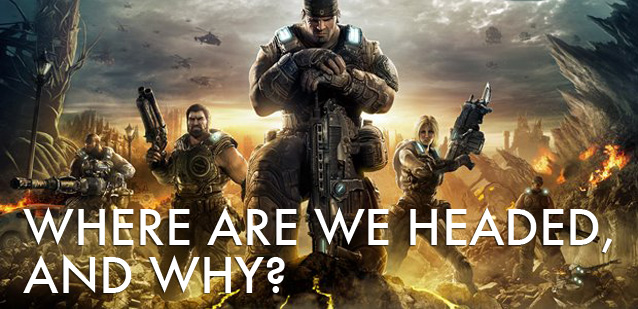
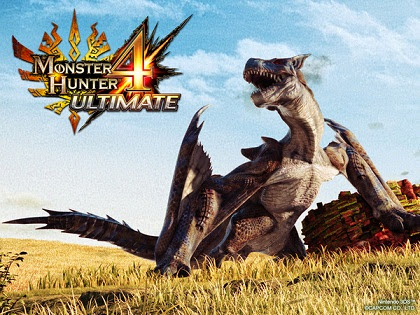
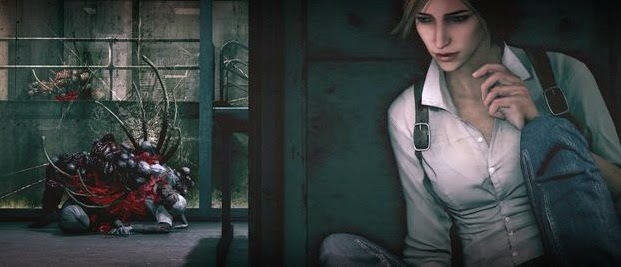
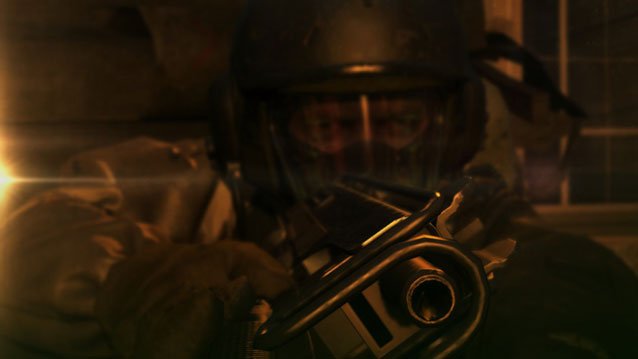
 SimCity 2013 Guide
SimCity 2013 Guide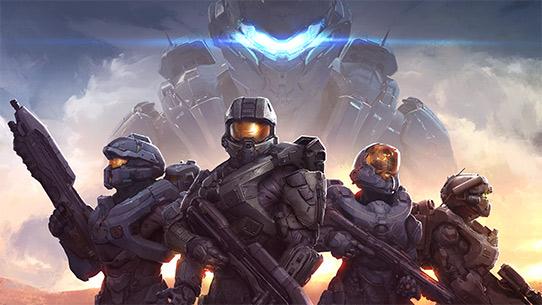 Halo 5 Errors Guide: Fix For Pre-order and Warzone Req Pack Not Displaying, Slow Installation & More
Halo 5 Errors Guide: Fix For Pre-order and Warzone Req Pack Not Displaying, Slow Installation & More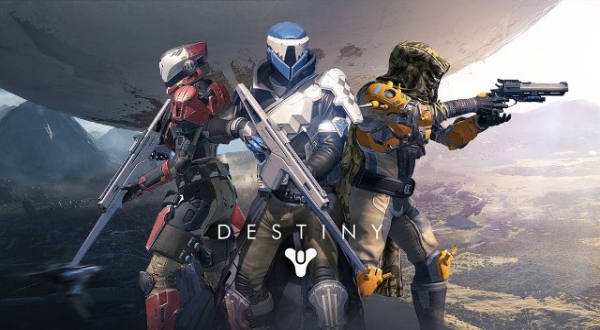 Destiny: The Taken King Guide On List Of All Shaders and How To Obtain Them
Destiny: The Taken King Guide On List Of All Shaders and How To Obtain Them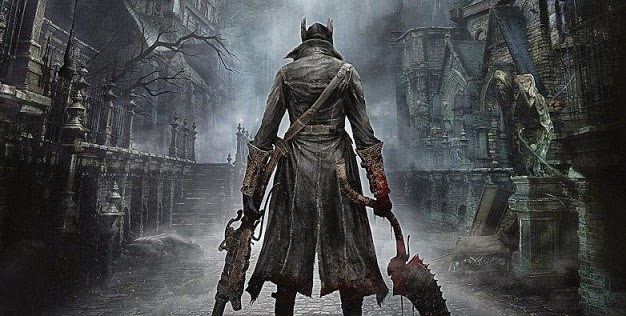 Bloodborne (PC) walkthrough Items, Bosses and Weapons tips
Bloodborne (PC) walkthrough Items, Bosses and Weapons tips Life is Strange Wiki – Everything you need to know about the game. .
Life is Strange Wiki – Everything you need to know about the game. .